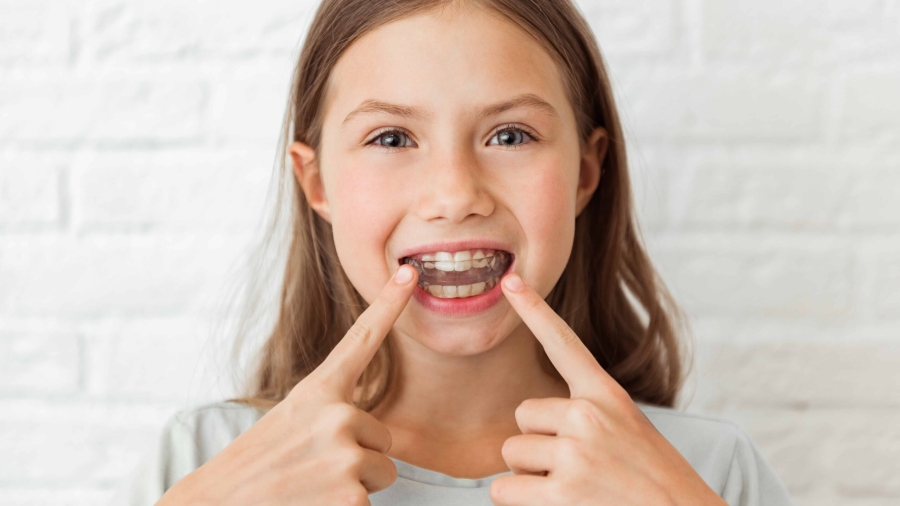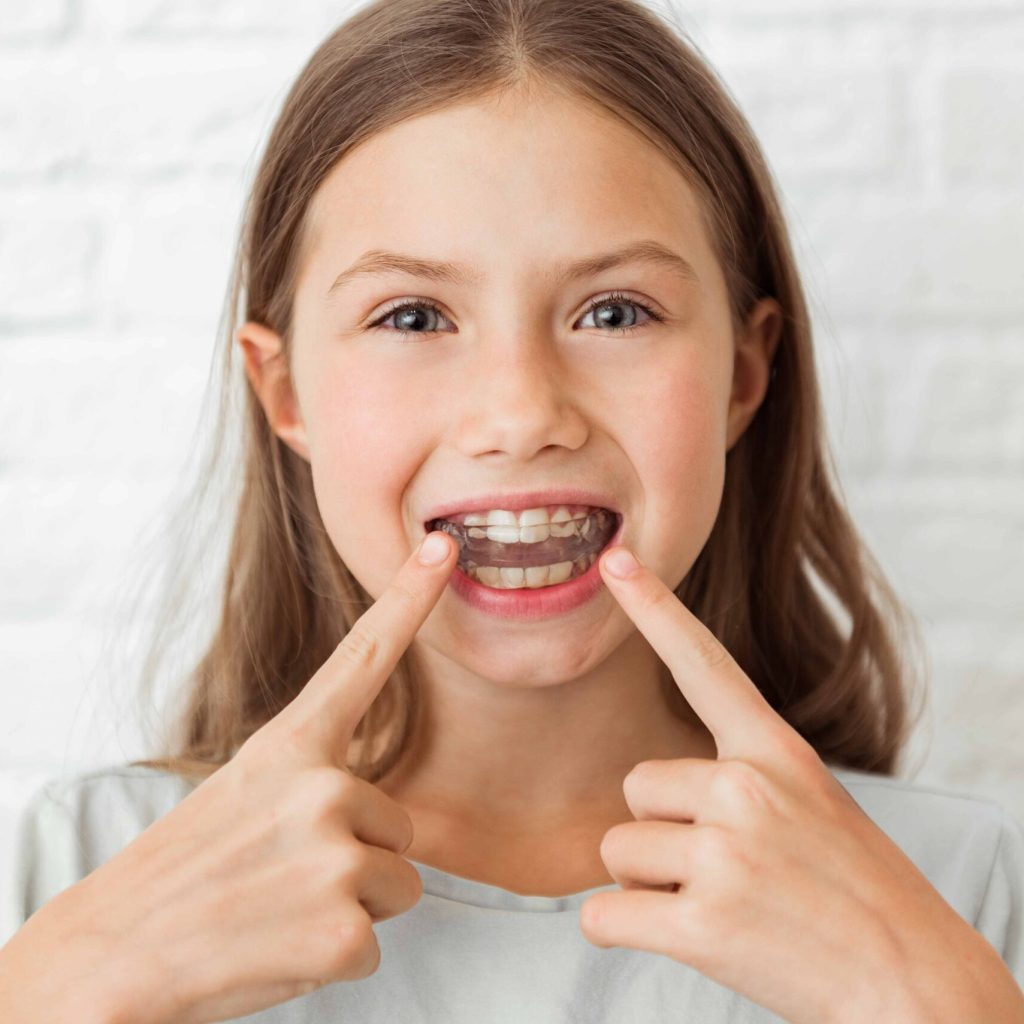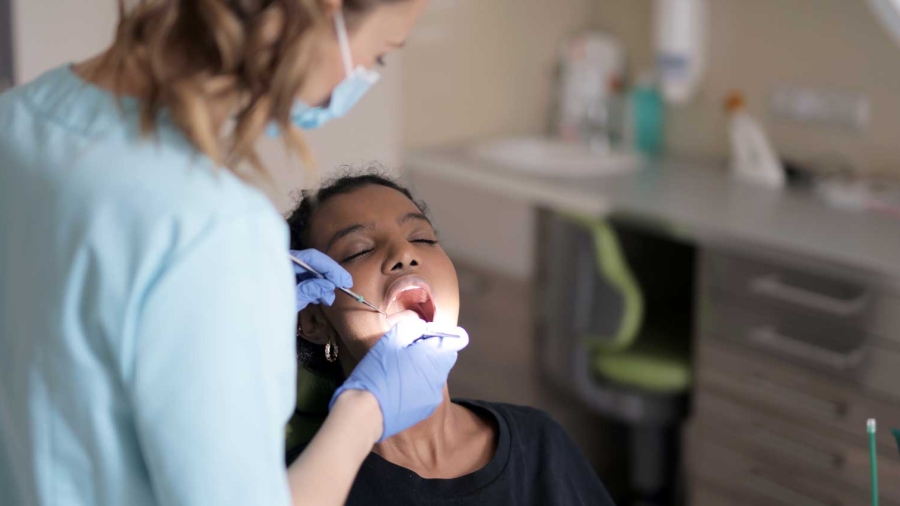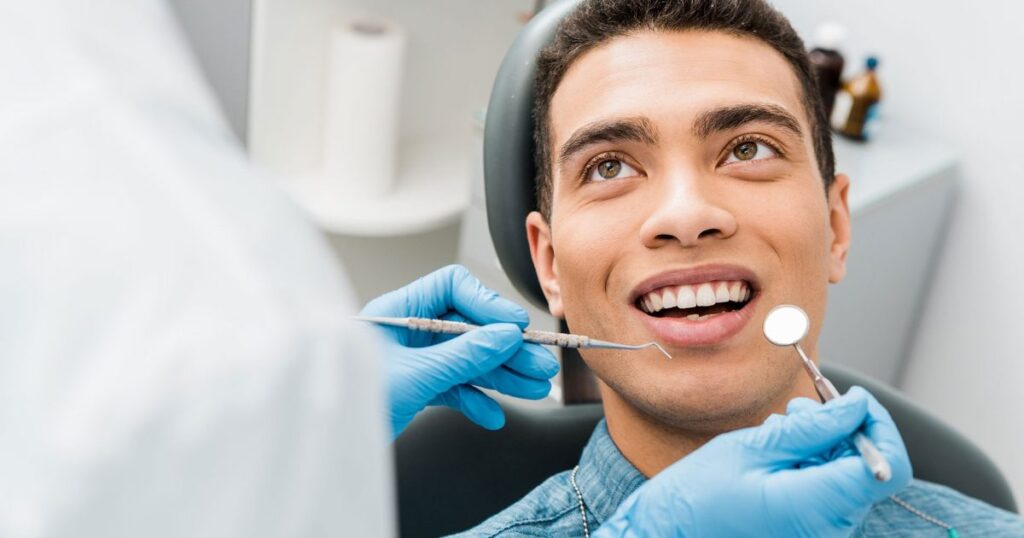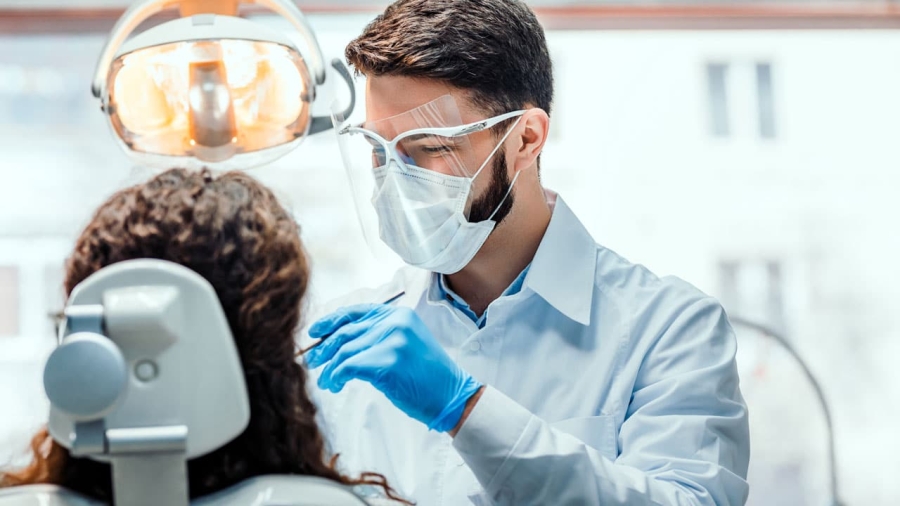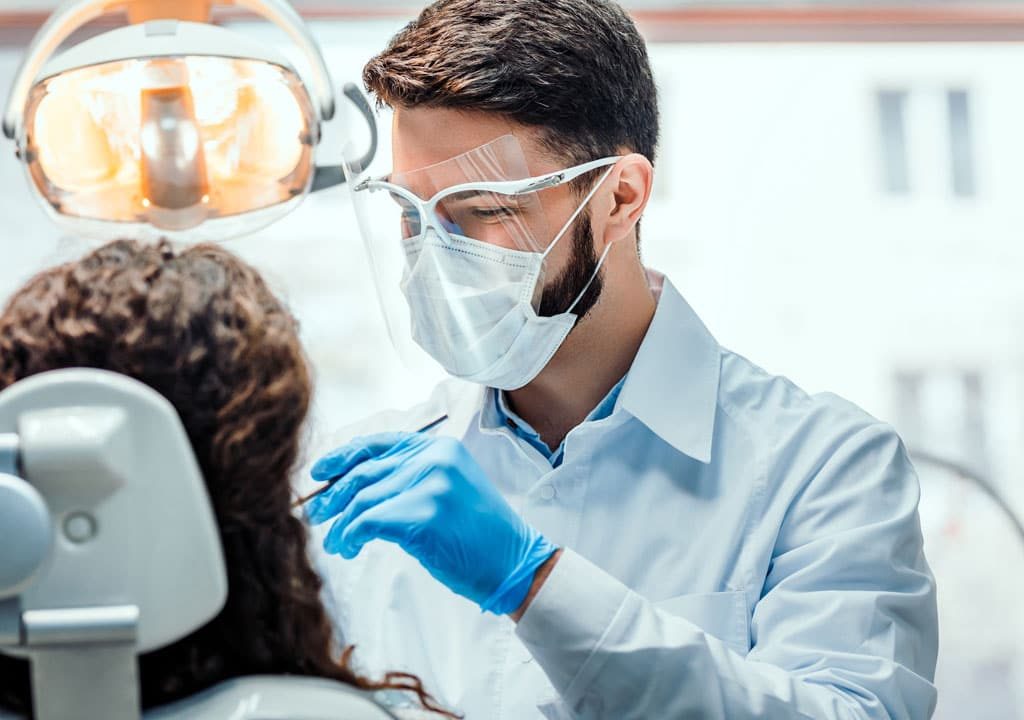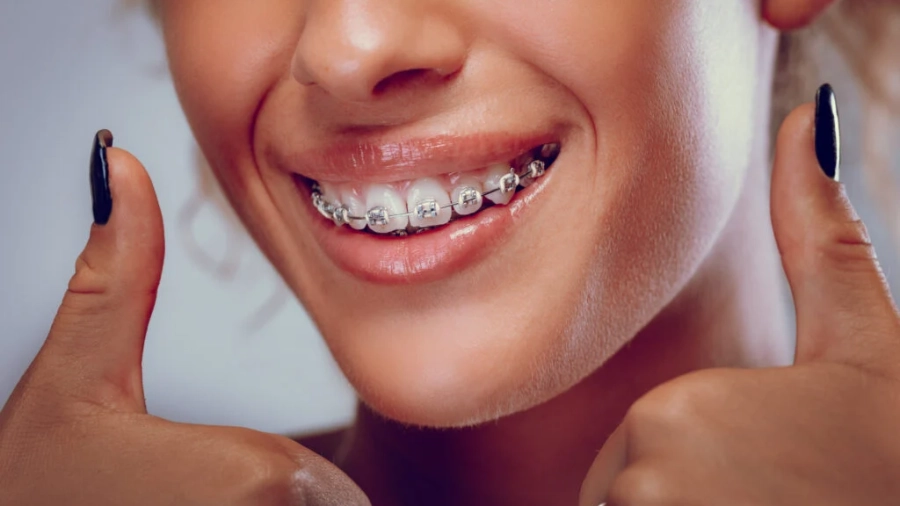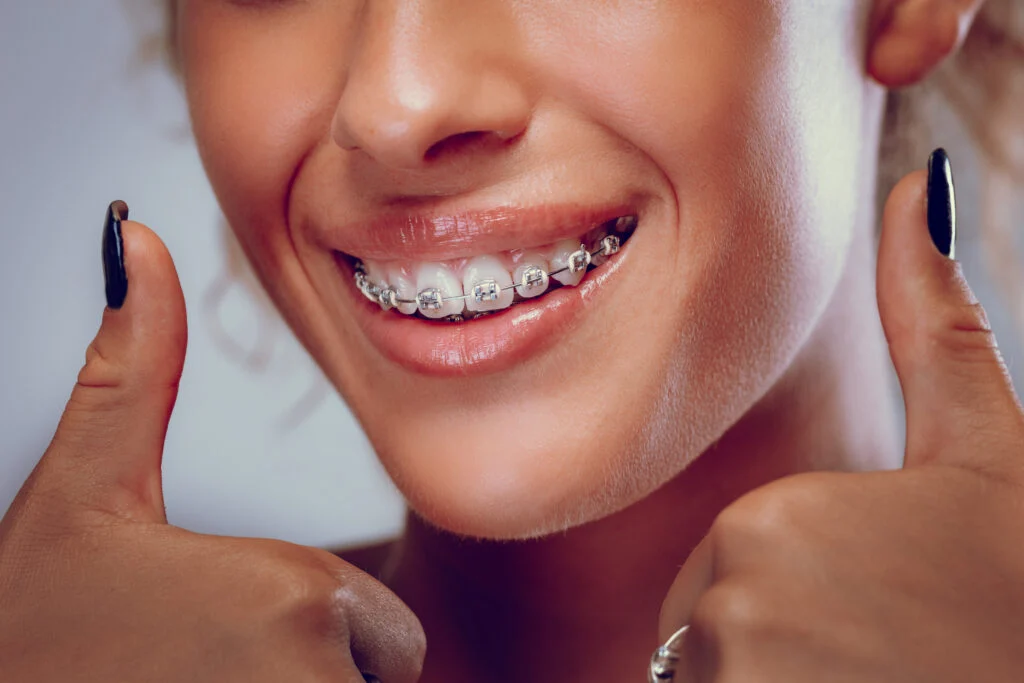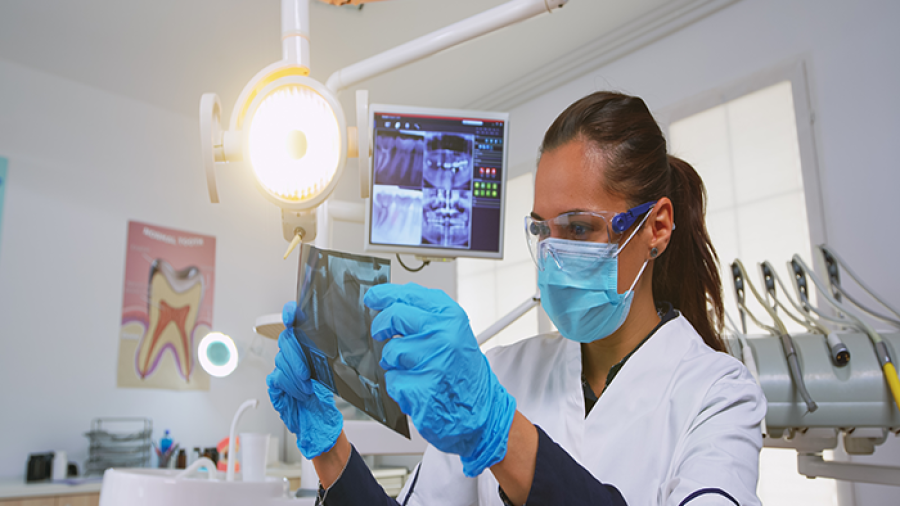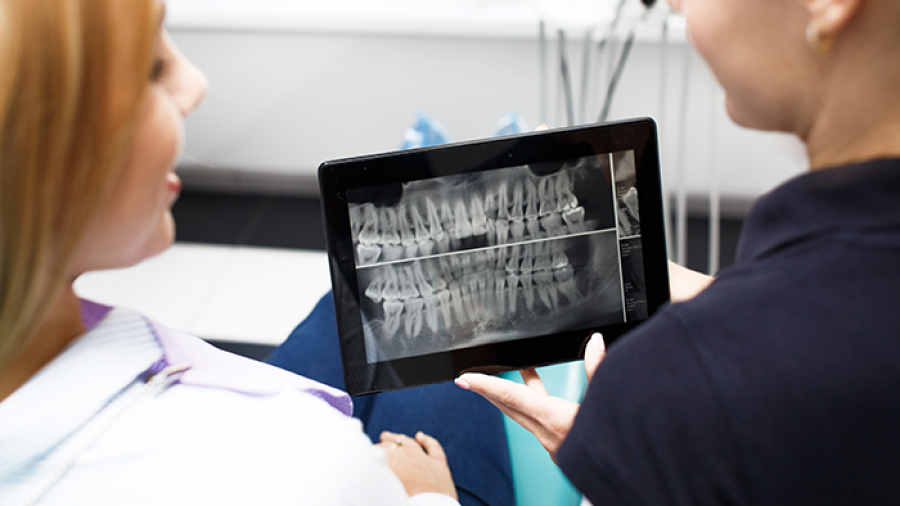Introduction
Orthodontic treatment is often associated with teenagers, but it’s important to note that adults can benefit from orthodontic interventions as well. An increasing number of adults are seeking orthodontic treatment to improve their smiles and correct dental issues. This blog will explore the various considerations and options available when it comes to orthodontic treatment for adults, addressing common concerns and shedding light on the benefits of seeking orthodontic care later in life.
The Importance of Adult Orthodontic Treatment
Adults may have various reasons for seeking orthodontic treatment, including aesthetic concerns, oral health improvements, and functional benefits. Orthodontic treatment can correct misaligned teeth, close gaps, and address bite issues that may lead to problems such as jaw pain, difficulty chewing, and speech impairments. Additionally, a straighter smile can boost confidence and improve overall well-being.
Types of Orthodontic Treatments for Adults
Adults have several treatment options to choose from, depending on their specific needs and preferences. Traditional braces, consisting of metal brackets and wires, are still effective and widely used. However, many adults prefer more discreet options such as ceramic braces, which blend with the natural tooth color, or clear aligners like Invisalign, which are virtually invisible and removable.
Ceramic braces offer a less noticeable alternative to traditional braces, making them an attractive option for adults who want to minimize the appearance of braces. These braces are made of tooth-colored ceramic material, making them blend in with the natural color of the teeth.
Clear aligners, such as Invisalign, have gained popularity among adults due to their virtually invisible appearance and removability. Invisalign treatment involves a series of custom-made clear aligners that gradually move the teeth into the desired position. They can be removed for eating, brushing, and flossing, offering convenience and flexibility during treatment.
Considerations for Adult Orthodontic Treatment
Before embarking on orthodontic treatment, adults should consider various factors. The first consideration is overall oral health. It is important to address any existing dental issues, such as gum disease or tooth decay, before starting orthodontic treatment. This ensures a healthy foundation for successful orthodontic treatment.
Additionally, adults should discuss their expectations and treatment goals with their orthodontist to ensure realistic outcomes. The orthodontist will evaluate the current state of their teeth and jaws and provide a treatment plan tailored to their specific needs.
Another consideration is the duration of treatment. Adult orthodontic treatment may take longer compared to treatment in adolescents due to the maturity of the jawbone. The length of treatment varies depending on the complexity of the case, but adults should be prepared for a commitment of several months to a few years. Patience and consistency are key to achieving the desired results.
Financial considerations are also crucial. Adult orthodontic treatment can be an investment, but many orthodontists offer flexible payment plans or accept insurance coverage. It’s important to discuss the cost and payment options with the orthodontist before starting treatment to ensure it fits within the individual’s budget.
Benefits and Challenges of Adult Orthodontic Treatment
Adults can also benefit greatly from seeking orthodontic care. Whether it’s for aesthetic purposes or to address functional issues, adult orthodontic treatment offers numerous advantages. Here we will explore the benefits of orthodontic treatment for adults, highlighting the positive impact it can have on oral health, overall well-being, and self-confidence.
Improved Oral Health
One of the primary benefits of adult orthodontic treatment is improved oral health. Misaligned teeth can make oral hygiene practices challenging, as they create hard-to-reach areas where plaque and bacteria can accumulate. By straightening the teeth, orthodontic treatment makes it easier to brush and floss effectively, reducing the risk of cavities, gum disease, and other oral health issues. Additionally, correcting bite problems can alleviate excessive wear on teeth, jaw pain, and discomfort, promoting long-term oral health.
Enhanced Functionality
Orthodontic treatment for adults can improve the functionality of the mouth and jaw. Misaligned teeth or bite issues can lead to difficulties in chewing, speaking, and even breathing in some cases. By aligning the teeth and correcting the bite, orthodontic treatment can alleviate these functional problems, allowing for proper chewing and clearer speech. It can also help in reducing the strain on the jaw joints, which can alleviate discomfort and prevent the development of temporomandibular joint disorders (TMD).
Aesthetics and Self-Confidence
A straight and attractive smile can significantly boost an individual’s self-confidence. Many adults may have felt self-conscious about their crooked or misaligned teeth for years. Orthodontic treatment offers the opportunity to achieve a beautiful smile, which can have a positive impact on social interactions, personal relationships, and overall self-esteem. Feeling confident about one’s smile can lead to a more positive self-image and a willingness to engage in social and professional situations without hesitation.
Long-Term Cost Savings
Addressing orthodontic issues in adulthood can potentially save individuals from more extensive and costly dental treatments down the line. Misaligned teeth can lead to dental problems such as tooth decay, gum disease, and even tooth loss. By undergoing orthodontic treatment, adults can correct these issues before they worsen, potentially avoiding the need for more invasive and expensive dental procedures in the future.
Increased Career Opportunities
In some professions, having a well-aligned and attractive smile can be advantageous. Certain industries place a high value on appearance, and a confident smile can make a positive impression on employers, clients, and colleagues. By investing in orthodontic treatment, adults may increase their career prospects and professional opportunities.
While adult orthodontic treatment offers numerous benefits, it is essential to acknowledge that there can be challenges associated with undergoing orthodontic care later in life.
Compliance and Lifestyle Factors
One of the main challenges for adults undergoing orthodontic treatment is maintaining compliance with the recommended treatment plan. Adults often have busy lifestyles and may find it challenging to consistently wear aligners or braces as instructed by their orthodontist. Compliance is crucial for successful treatment outcomes, and it requires dedication and commitment to follow the orthodontist’s instructions regarding wearing time and care.
Treatment Duration
Adult orthodontic treatment may take longer compared to treatment in adolescents due to the maturity of the jawbone. Depending on the complexity of the case, adults should be prepared for a commitment of several months to a few years. The longer treatment duration can be challenging for adults who desire quicker results. It is essential to have realistic expectations and understand that orthodontic treatment requires time for the teeth to move gradually into their desired positions.
Additional Interventions
Adults may have more complex orthodontic cases that require additional interventions beyond braces or aligners. For example, some adults may require extractions to create space for teeth to align correctly, or jaw surgery to correct skeletal discrepancies. These additional interventions can add complexity and length to the treatment process, requiring coordination with other dental specialists and potentially increasing the overall cost of treatment.
Oral Hygiene and Maintenance
Maintaining good oral hygiene during orthodontic treatment can be challenging for adults. Braces or aligners can create areas where food particles and plaque can accumulate, increasing the risk of tooth decay and gum disease. Adults need to be diligent in their oral hygiene routine, including brushing and flossing regularly and using additional tools such as interdental brushes or water flossers to clean hard-to-reach areas. It is crucial to follow the orthodontist’s instructions on oral hygiene practices to ensure optimal oral health throughout the treatment process.
Financial Considerations
Orthodontic treatment can be a significant investment, and financial considerations can be a challenge for adults. Insurance coverage for orthodontic treatment may vary, and not all plans provide coverage for adult orthodontics. It is important to consult with the orthodontist and understand the full cost of treatment, including any additional interventions that may be required. Many orthodontists offer flexible payment plans to help manage the financial burden.
Overall, While adult orthodontic treatment offers numerous benefits, it is important to be aware of the challenges that may arise during the process. Maintaining compliance, dealing with longer treatment duration, the potential need for additional interventions, ensuring good oral hygiene, and managing the financial aspect are all challenges that adults may face. By understanding these challenges and working closely with their orthodontist, adults can overcome these obstacles and achieve successful orthodontic outcomes. Remember, the result of a healthier, more confident smile is worth the effort and commitment throughout the treatment journey.
Conclusion
Orthodontic treatment is not limited to teenagers; adults can also benefit from the transformational effects of orthodontics. Considering the importance of oral health, the various treatment options available, and the potential benefits, adults should not hesitate to explore orthodontic treatment. By addressing concerns, setting realistic expectations, and choosing the right treatment option, adults can achieve a straighter smile, improved oral health, and enhanced self-confidence. Consultation with an experienced orthodontist is the first step toward embarking on a successful adult orthodontic journey. Remember, age is no barrier to achieving a beautiful and healthy smile.
Resources:
- https://aaoinfo.org/adult-orthodontics/
- https://smile2impress.com/us/blog/orthodontics-and-braces-for-adults
- https://www.newmouth.com/orthodontics/life-stages/adult-braces/



